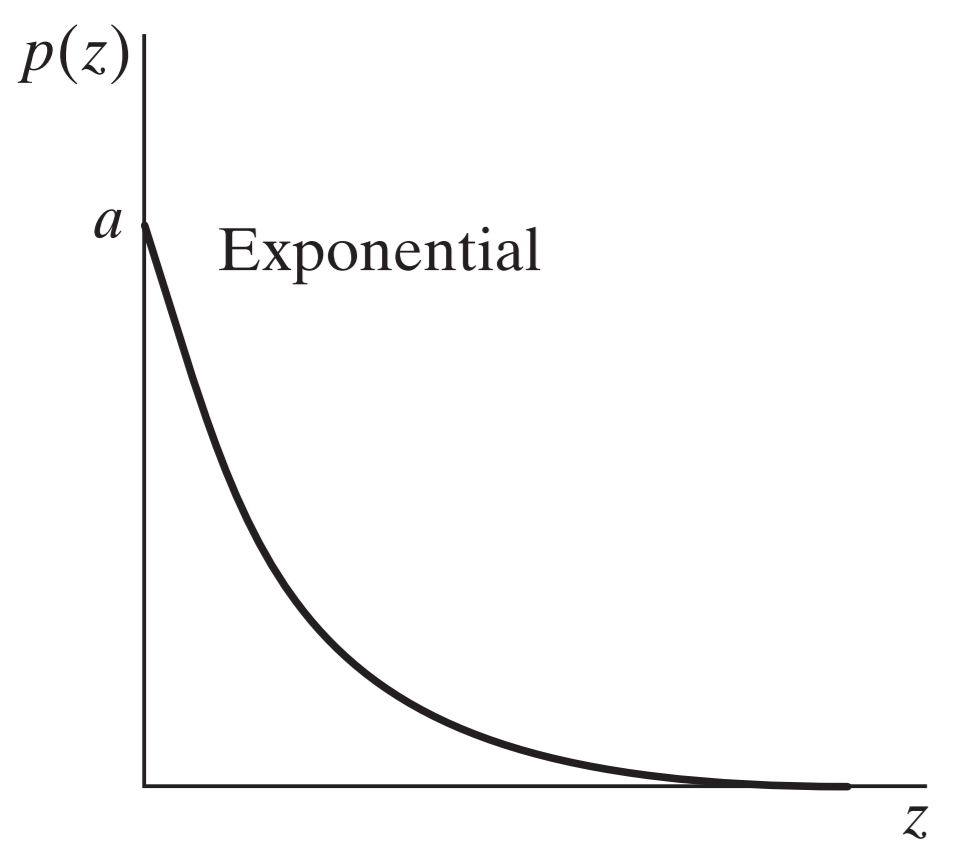How To Make Exponential Noise On Image – C# Guide
Exponential noise is one of the noise models we can use to simulate corruption of data. This guide show how to use it on images.
Filter by Category
Exponential noise is one of the noise models we can use to simulate corruption of data. This guide show how to use it on images.
Gamma noise is one of the noise models we use to simulate practical data corruption. This guide shows how to apply it on images.
Rayleigh noise is one of the noise models with which we can simulate data corruption. Guide to making noise from PDF and image histogram.
Gaussian noise on images is generated with Gaussian probability distribution function. It simulates noise that appears in practice.
We can use notch filters for attenuating frequencies on custom locations across the frequency map. But for that we will need to utilize all of the knowledge we’ve acquired...
Bandpass filters are the counterpart of bandreject filters. Therefore, they attenuate every frequency outside the ring. In case you’re just tuning in, let me clarify what I...
We use bandreject filters to attenuate a ring of frequencies around the center of a 2 dimensional frequency map. Now what does all that mean? We’re going to focus on...
We use Laplacian filter to sharpen images. We are going to talk about the details how exactly this filter works. In essence, it’s one of the highpass filters, which...
Gaussian highpass filter processes images in frequency domain. It attenuates low frequencies without creating ringing artifacts.
Butterworth highpass filter is used to filter images in frequency domain. We can control how smooth transition beyond cut off frequency.
Exponential noise is one of the noise models we can use to simulate data corruption. In our case here, we’ll use it on images. Therefore, we will use its probability distribution function to create an image histogram and from it, noise we will add to our original image.
We encounter noise in images when we’re acquiring it. The most common reasons for it are low grade equipment and environment conditions. I other words, if we use an old camera, photos we take can end up corrupted because of lightning, temperature changes and anything that physically impacts sensors.
Exponential noise is a special case of gamma or Erlang noise where b parameters equals to 1. If we take a look at the formula for gamma noise probability distribution function and input parameter b.

We can see that basically by eliminating the effect of parameter b, the formula for exponential noise probability distribution becomes much simpler. However, it makes the shape of the distribution curve less controlable, since we have only one parameter left for that.

Let’s clear up what the other parameters in the formula represent. Firstly, z variable represents intensity value. Secondly, a parameter is the factor, with which we can control the shape of the exponential function curve. And lastly, e is the Eulers constant, which is 2.71828.

As we mentioned earlier, we will create an image histogram from the probability distribution function. Once we distributed intensity values among the pixels of the noise image we will add them to our original image te make the image noisy.
I’ll break it down what this function actually does to image data. First step is to calculate the probability distribution across all intensities. Secondly, it takes that data and divides each probability with the sum of all computed probabilities.
Furthermore, we take those normalized probabilites and multiply them by the number of pixel values original image has. After that, we take all those distributed values, put them in an array and scramble it.
public static Bitmap ExponentialNoise(this Bitmap image)
{
int w = image.Width;
int h = image.Height;
BitmapData image_data = image.LockBits(
new Rectangle(0, 0, w, h),
ImageLockMode.ReadOnly,
PixelFormat.Format24bppRgb);
int bytes = image_data.Stride * image_data.Height;
byte[] buffer = new byte[bytes];
byte[] result = new byte[bytes];
Marshal.Copy(image_data.Scan0, buffer, 0, bytes);
image.UnlockBits(image_data);
byte[] noise = new byte[bytes];
double[] erlang = new double[256];
double a = 5;
Random rnd = new Random();
double sum = 0;
for (int i = 0; i < 256; i++)
{
double step = (double)i * 0.01;
if (step >= 0)
{
erlang[i] = (double)(a * Math.Exp(-a * step));
}
else
{
erlang[i] = 0;
}
sum += erlang[i];
}
for (int i = 0; i < 256; i++)
{
erlang[i] /= sum;
erlang[i] *= bytes;
erlang[i] = (int)Math.Floor(erlang[i]);
}
int count = 0;
for (int i = 0; i < 256; i++)
{
for (int j = 0; j < (int)erlang[i]; j++)
{
noise[j + count] = (byte)i;
}
count += (int)erlang[i];
}
for (int i = 0; i < bytes - count; i++)
{
noise[count + i] = 0;
}
noise = noise.OrderBy(x => rnd.Next()).ToArray();
for (int i = 0; i < bytes; i++)
{
result[i] = (byte)(buffer[i] + noise[i]);
}
Bitmap result_image = new Bitmap(w, h);
BitmapData result_data = result_image.LockBits(
new Rectangle(0, 0, w, h),
ImageLockMode.WriteOnly,
PixelFormat.Format24bppRgb);
Marshal.Copy(result, 0, result_data.Scan0, bytes);
result_image.UnlockBits(result_data);
return result_image;
}This guide shows how to make a noisy image. Furthermore, making noise artificially give us opportunity to study image restoration and reconstruction techniques.
You can download the entire project and play with the values yourself.